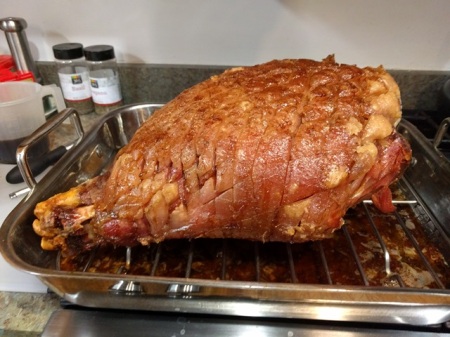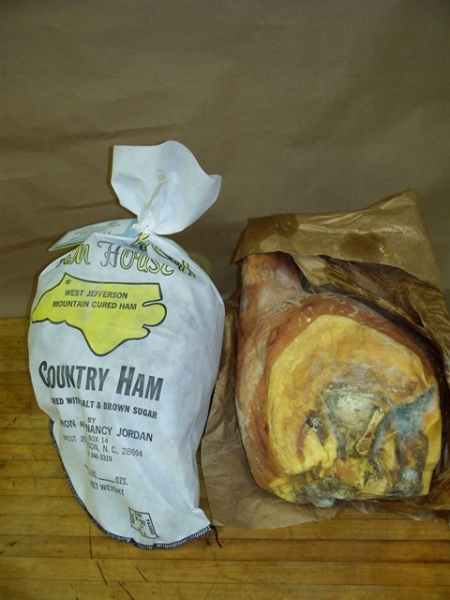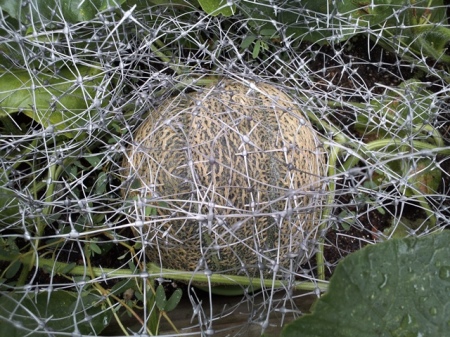
This is everything I like about apple pie(s), and none of the things I don’t enjoy. Because you are making a portion of it almost as a “sauce”, the remainder of the apples don’t need to be cooked. You don’t need (nor should) to pre-bake either of these crusts. Since you are using multiple apple varieties with different aspects of tartness, sweetness, and toothiness, you get a more complex dish – because you aren’t cooking them first you don’t get mushiness everywhere.
Apple Lady
6-8 lbs of apples; use 4 or more varieties
3 sticks of unsalted butter
2 cups of dark brown sugar
1 pear, preferably very ripe
1 bottle of J.K. Scrumpy’s hard cider
Cinnamon, mace, ground ginger, allspice, clove to taste
1 lb walker’s shortbread (3 5oz packages are fine)
Springback pan, large (10″)
First, a word on the apples. I use multiple apple varieties to get more complex texture and taste, rather like using more varieties of chilis when making a good chili. This last time I used Honeycrisp, Granny smith, Gala, and Fuji apples. I’ve also used Macintosh and Staymans, and others. Do not use any red or yellow delicious apples, ever.
- Cooking Mixture:
Combine the butter, brown sugar, half-bottle of hard cider, spices, the pear (chopped), and 2 apples (chopped) in a pot to bring to a boil, simmer for about 10-15 minutes.
If you do not use scrumpy’s or another very apple-y-tasting cider, then add a cup or two of fresh squeezed / juiced apple juice or fresh cider.
- Main apples:
Core and either half-peel (vertical stripes) or wholly peel the apples.
Slice thin and evenly. I like to use the mandolin, and do ripple cuts, like potato chips, but thicker. The ripples increase adhesion of the slices.
- “Crust”:
Pound the shortbread into crumb in a mixing bowl with something heavy, I use a meat tenderizer. Then press 10 ounces or so of the shortbread into the bottom of the pan as a crust – you can come up the side of the pan just enough to make a ridge, but not like a real pie.
OR
Look up a recipe for a sour cream pie crust and make that. I’ve done it both ways. I made the sour cream pie crust this time.
- Assembly:
Start layering the thin slices of apples around the bottom, as flat and overlapping as much as possible. Come up about halfway.
Add half the mixture from the pot, then layer in the rest of the apples. At the top, pour over the rest of the mixture, then press the rest of the shortbread crumb around the perimeter of the pan, but not in the middle. (Or like this time, I made 2 different lid crusts, one latticed, one disk, for the 2 I made).
Bake at 325 degrees for one hour. Let cool, and then preferably refrigerate before serving with fresh whipped cream.


















































































































































































